Philodendron varieties make a great addition to any indoor space. They offer many benefits, such as easy care and maintenance, air-purifying qualities, affordability and an ability to tolerate low-light conditions. By adding these plants to your home or office, you can enjoy improved air quality, better moods, reduced stress levels and an overall healthier environment. Plus, their lush foliage is aesthetically pleasing and adds a touch of greenery to your living space.
Handling philodendrons is also relatively simple, making them the perfect addition for anyone looking for greenery without the fuss. With the right environment and proper care, these plants will thrive for years to come.
There are many philodendron varieties, each with unique characteristics, but a few philodendrons stand out above the rest as particularly popular home choices.
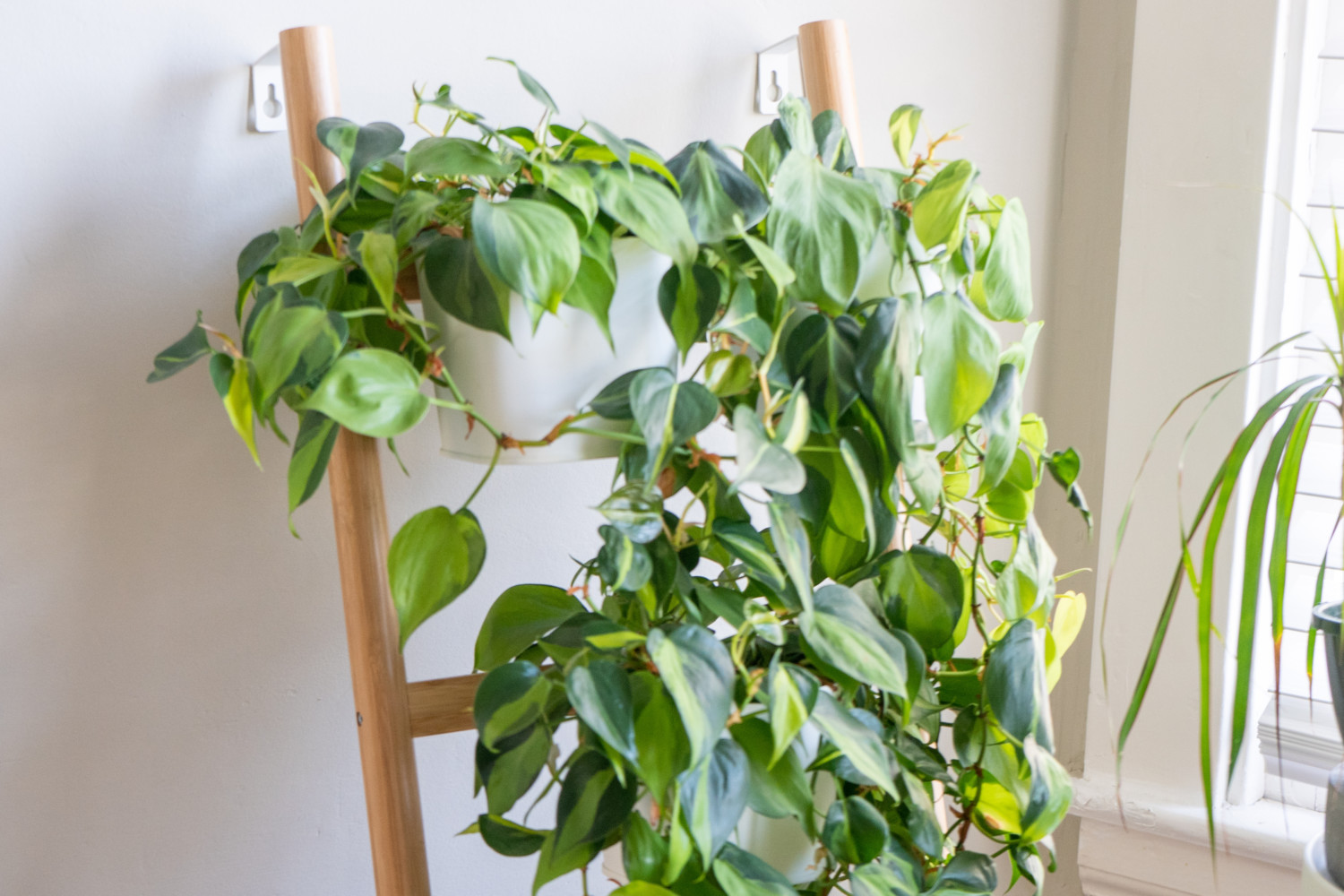
Popular Philodendron Varieties
The Heartleaf philodendron is one of the most common philodendron varieties found in homes. This low-maintenance plant grows quickly and is known for its distinctive heart-shaped leaves. The Heartleaf philodendron is also relatively easy to care for, making it an ideal choice for anyone looking for a trouble-free houseplant.
Another popular philodendron variety is the philodendron Xanadu, sometimes called the philodendron Winterbourn. This philodendron is a slow-growing, upright shrub with large glossy leaves that can reach up to two feet in length. The Xanadu philodendron also needs little maintenance and does well indoors in bright but indirect light.
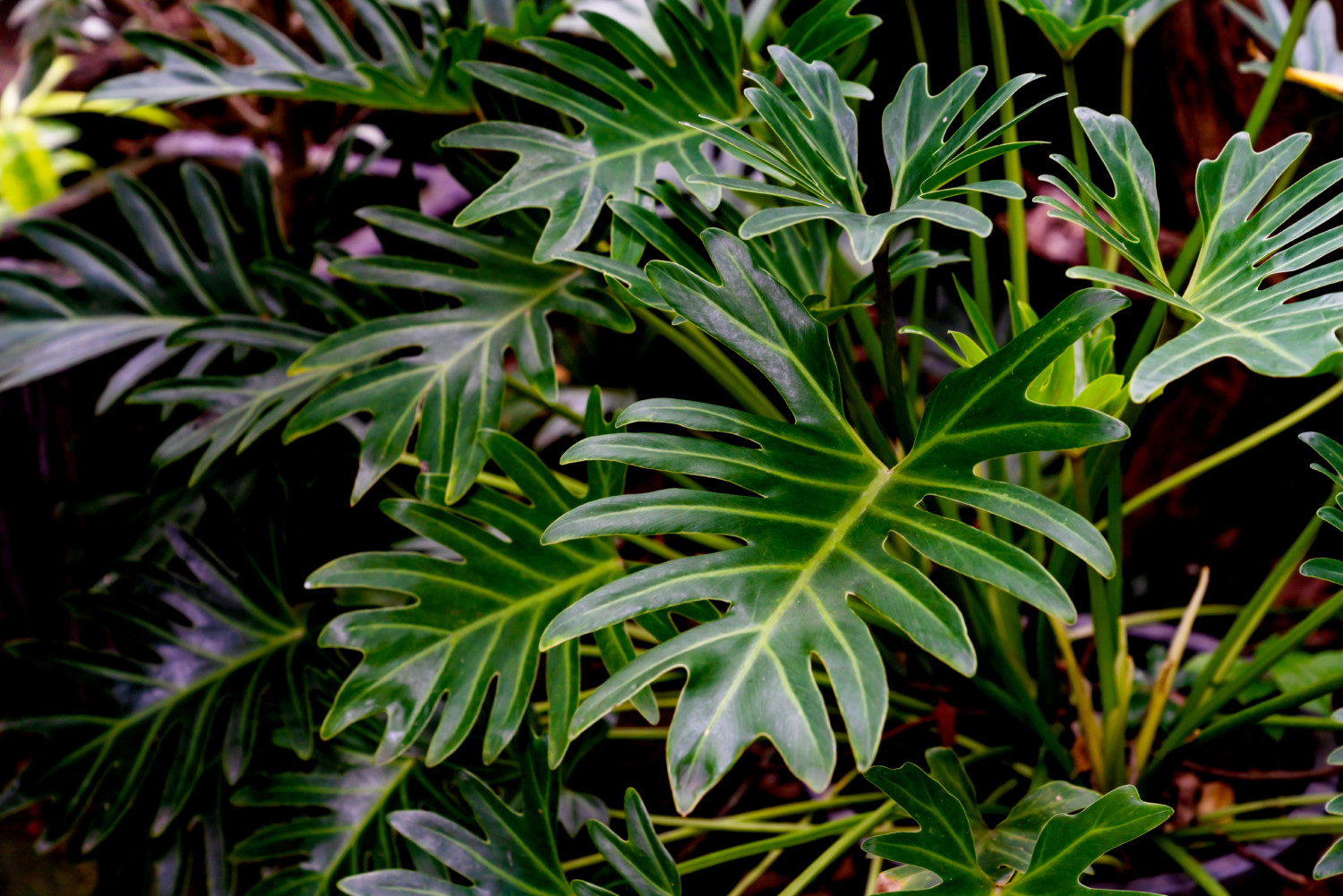
The philodendron Selloum is an especially beautiful philodendron variety noted for its dark green, shiny, lobed leaves. It has many common names, including Hope Selloum, Horsehead Philodendron, Lacy Tree Philodendron, Philodendron Hope Selloum and Tree Philodendron. It can grow up to five feet or more across when grown indoors. It prefers more humidity than other varieties of philodendrons and requires more frequent watering compared to the heartleaf and Xanadu philodendrons.
The Pink Princess, also known as Blushing philodendron, is a philodendron variety with beautiful pink-and-white variegated leaves, making it one of the most sought-after philodendron varieties. Its stunning foliage makes it an ideal houseplant for any garden enthusiast who wants to add unique colors and shapes to their home decor. Although its delicate appearance may look fragile, The Pink Princess can tolerate a wide range of temperatures and humidity levels, making it a hardy choice for indoor containers.
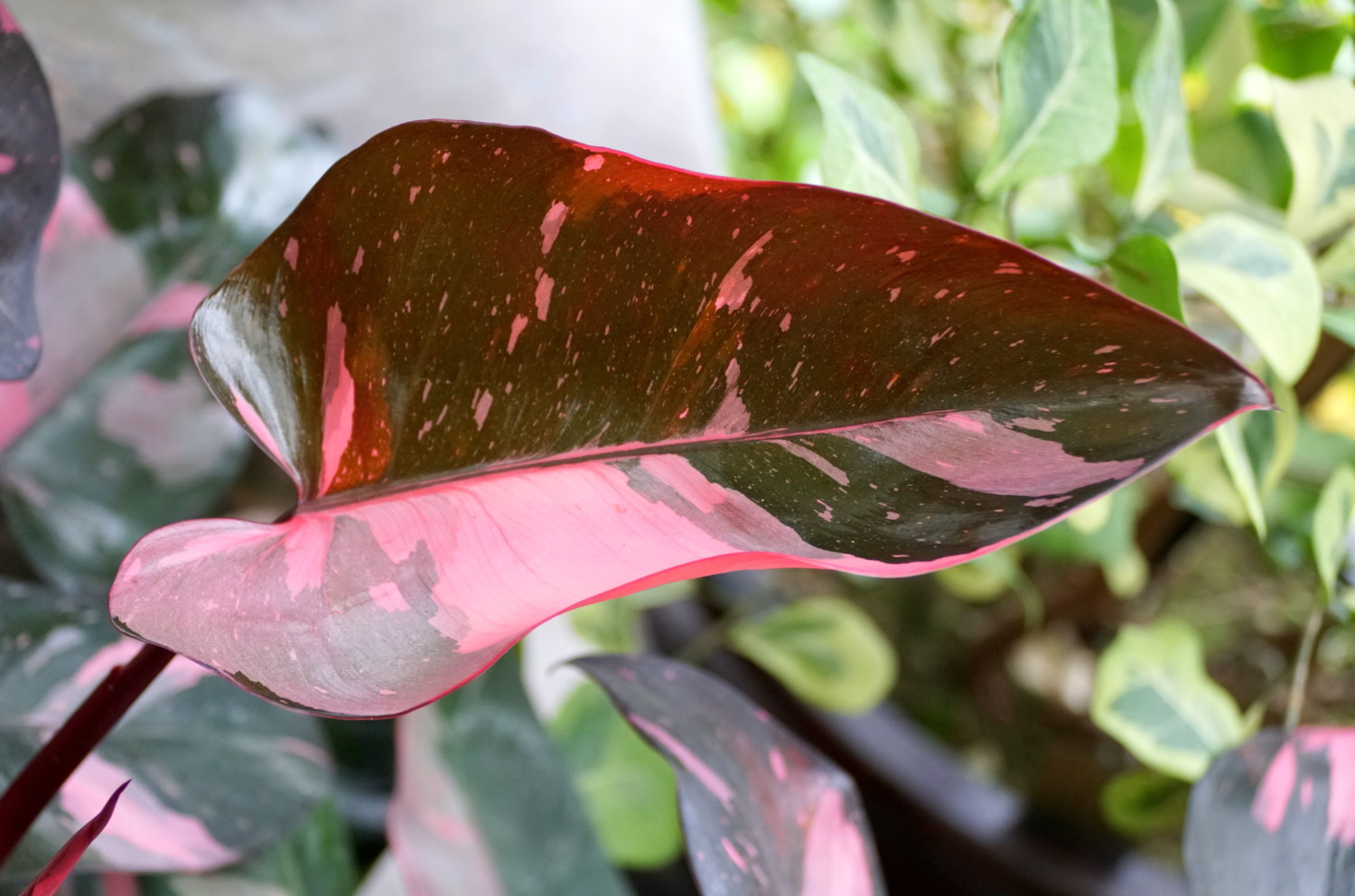
Successfully Growing Philodendrons Indoors
The pot you choose for your philodendron should be well-draining and large enough to accommodate its roots. Opt for a container one to two inches larger in diameter than the root ball of your plant. Choosing a pot with drainage holes at the bottom is also essential to help prevent root rot and overwatering.
Additionally, you should consider the material of your pot when selecting one for your philodendron; ceramic, terracotta, and plastic are all good options. The type of pot you choose will depend on the look you’re going for and its durability, but as is the case with most houseplants, a pot with drainage holes can help prevent root rot. Finally, select a pot with adequate ventilation, which is essential for your philodendron’s health.
Water your philodendron when the top inch of the soil is dry. When watering, make sure you give it enough water so a little comes out of the bottom drainage holes in the pot. However, be sure not to let your philodendron sit in water for long periods, as this can cause root rot. Watering too frequently can also contribute to root rot or stunt plant growth.
Every month during spring and summer, feed your philodendrons with a liquid fertilizer designed for foliage houseplants. Water them with the fertilizer every six to eight weeks during the fall and winter.
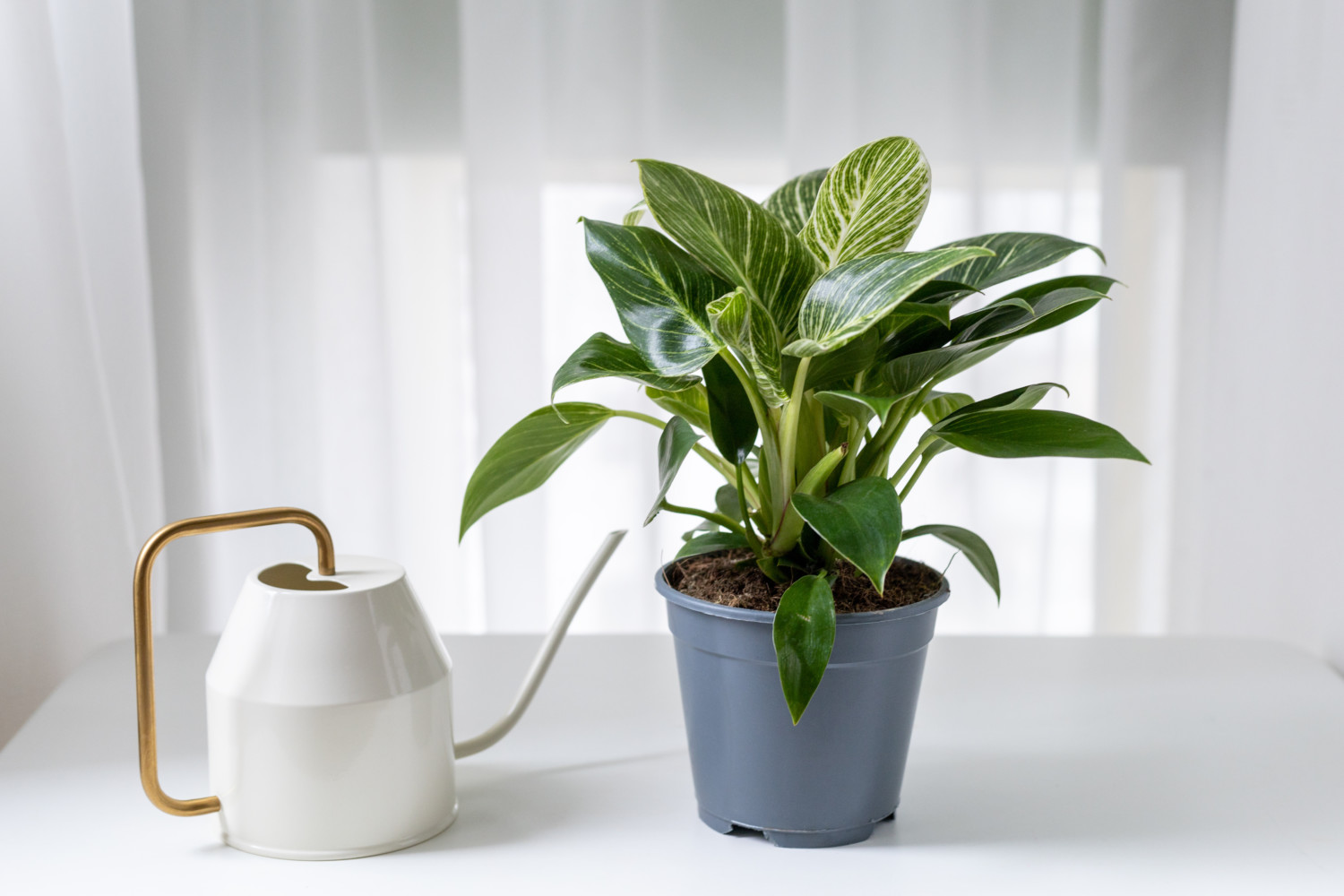
Proper Lighting For Your Philodendron
Philodendron plants require the right amount of sunlight to thrive. So give your philodendron plenty of indirect sunlight, which helps promote photosynthesis and keeps leaves vibrant and healthy-looking. Avoid direct sunlight as this can scorch the foliage. Instead, these plants prefer bright, indirect light throughout the day.
If placed in a room with many windows or skylights, philodendrons will do well. Alternatively, positioning your philodendron near an east-facing window, where it will receive several hours of morning sunlight, is ideal. You can place your philodendron outdoors in partial shade during the summer months.
If the light becomes too intense and direct during midday, you may need to protect the plant with a sheer curtain or thin fabric. Fluorescent lighting can provide additional supplemental light for your philodendron. Regularly monitor the health of your plant and adjust its position accordingly.
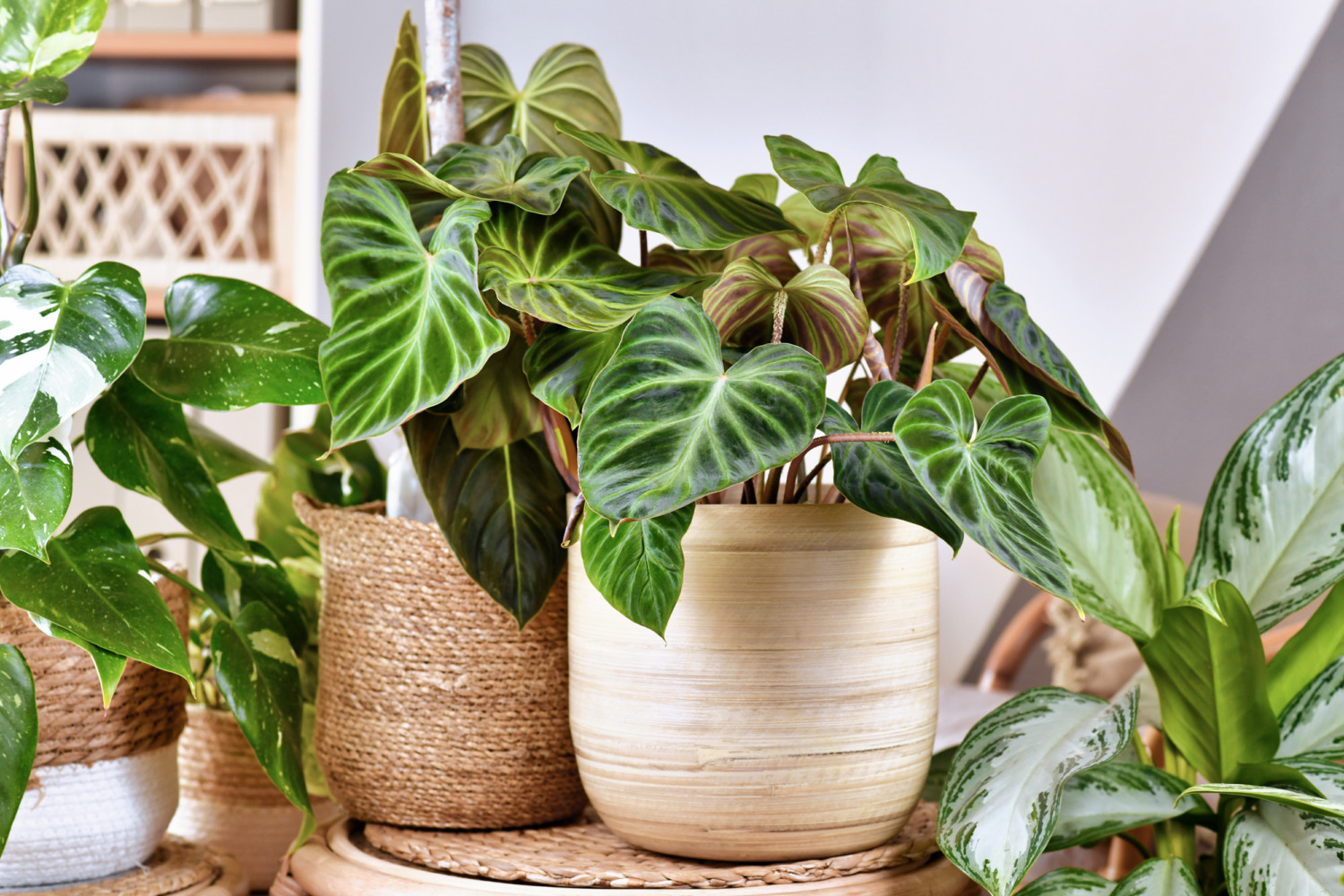
Check For Pests And Diseases
Prune away any yellow or brown leaves, as this signals unhealthy plants. Cut back on watering if you notice your plant is wilting or losing its coloration. Check for signs of pests regularly, especially if you have other houseplants in the same area. Aphids and mealybugs are common pests of philodendrons. Aphids may leave behind a sticky substance on the underside of plant leaves, and mealybugs tend to yellow plant leaves and make them curl. Treat affected parts with insecticidal soap or another appropriate product to get rid of them quickly.
With so many philodendron varieties available, it’s important to research which ones are best for an indoor growing environment. It’s also key to consider each plant’s unique needs. For example, some philodendrons prefer low-light conditions, while others thrive in bright, indirect sunlight.
The philodendron variety you choose to grow will impact the amount of light it requires and how much care it needs. With a bit of care and attention, your plants can be a striking addition to any room in the house.
This story originally appeared on Simplemost. Check out Simplemost for additional stories.


